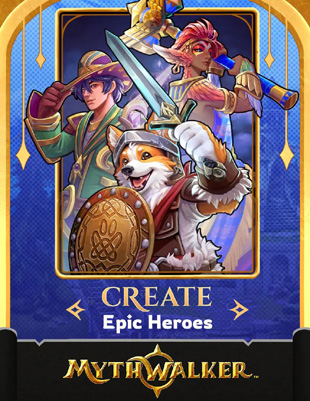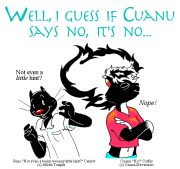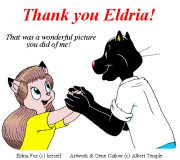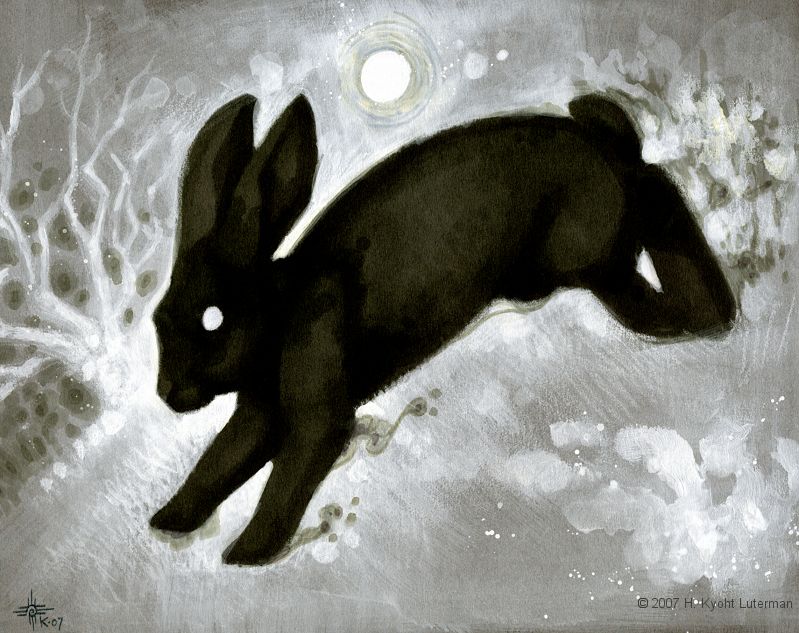At the L.A. Times Festival of Books we learned about Mythwalker at their big, impressive booth. Maybe it was the smiling corgi in armor that attracted our attention… Mythwalker is a geolocation fantasy RPG created by Nant Games for your cell phone. In it you can play one of three species: Human, Annu (a bird-like humanoid species), and Wulven (a canine species — from which the aforementioned corgi hails). Here is the lore: “Mytherra is a fantastical, parallel planet to Earth ─ a world where throughout history its people and mystical creatures have infiltrated the dreams of humans. Over time, these visions have formed the basis of Earth’s many myths and legends. After a prolonged period of peace, Mytherra is now under attack, which poses a direct threat to Earth as well. A powerful being, known only as The Child, has reached out through the Veil into our world seeking help. She recruits you – the Mythwalker – to uncover the truth about the attackers, explore the connection between the two worlds, and lead Mytherra’s heroes in the defense of their home.” And here is the idea: “MythWalker is a geolocation fantasy RPG adventure mobile game that brings The Child and Mytherra to life through an overworld traversal system, using real locations to tell the stories of Earth’s myths and legends. With narrative-driven quests tied to an intriguing storyline, a cast of magical and memorable characters, a deep progression system, and robust multiplayer modes, MythWalker will connect players worldwide through meaningful global gameplay.” Their web site has a whole lot more information.

image c. 2024 Nant Games


 Sonious (Tantroo McNally)
Sonious (Tantroo McNally) GreenReaper (Laurence Parry)
GreenReaper (Laurence Parry) dronon
dronon 2cross2affliction (Brendan Kachel)
2cross2affliction (Brendan Kachel) Rakuen Growlithe
Rakuen Growlithe Grubbs Grizzly
Grubbs Grizzly Zhora (Christine Klunder)
Zhora (Christine Klunder) EarthFurst
EarthFurst Acton
Acton Mink (Rod O’Riley)
Mink (Rod O’Riley) Pegla (Danny)
Pegla (Danny)
KDNightstar (visitor) — 2 hours 39 min ago
2cross2affliction — 12 hours 59 min ago
GreenReaper — 13 hours 11 min ago
2cross2affliction — 13 hours 19 min ago